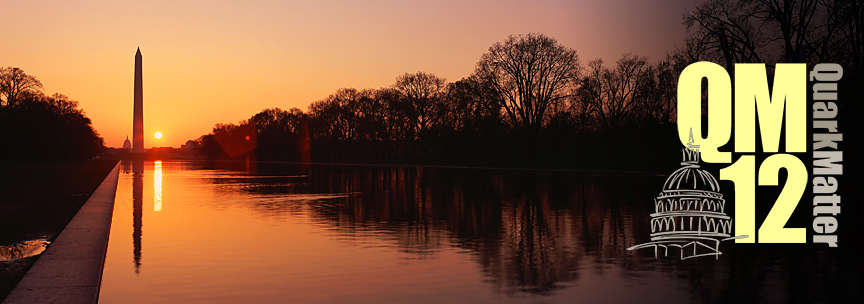Speaker
jie zhao
(lbl&sinap)
Description
Dilepton production has been proposed to serve as a penetrating probe
for the hot and dense medium created in high-energy nuclear collisions.
Their small final-state interaction cross sections, let dileptons
escape the interaction region undistorted. Since dileptons originate
from all stages of a heavy ion reaction, their sources vary with the
kinematic phase space under consideration: In the low mass region (LMR:
mass<1.1GeV/$c^{2}$), vector mesons and direct photons are the
dominating source, while dileptons in the intermediate mass region
(IMR:1.1<mass<3GeV/$c^{2}$) primarily stem from QGP thermal radiation
at RHIC energy and semileptonic decays of charmed mesons. In the high
mass region (HMR: mass>3 GeV/$c^{2}$), heavy quark decays and Drell-Yan
processes contribute the most to the dilepton spectrum. Due to the
time-energy correlation, the higher the dilepton pair mass, the earlier
the production. Therefore the dilepton distributions, especially in the
IMR and HMR, provide information on early collision dynamics in heavy
ion collisions.
In this talk we will present a systematic study of dielectron production in $\sqrt{s_{NN}}$ = 200 GeV Au+Au collisions at STAR experiment. The datasets used are nearly one billion Au+Au minibias events collected in RHIC runs year 2010 and 2011. The dielectron pair transverse momentum and centrality dependence of the invariant mass distribution will be discussed. The results will be compared to hadron decay cocktails as well as theoretical calculations on vector meson in-medium modifications and the QGP thermal radiation.
Primary author
jie zhao
(lbl&sinap)




